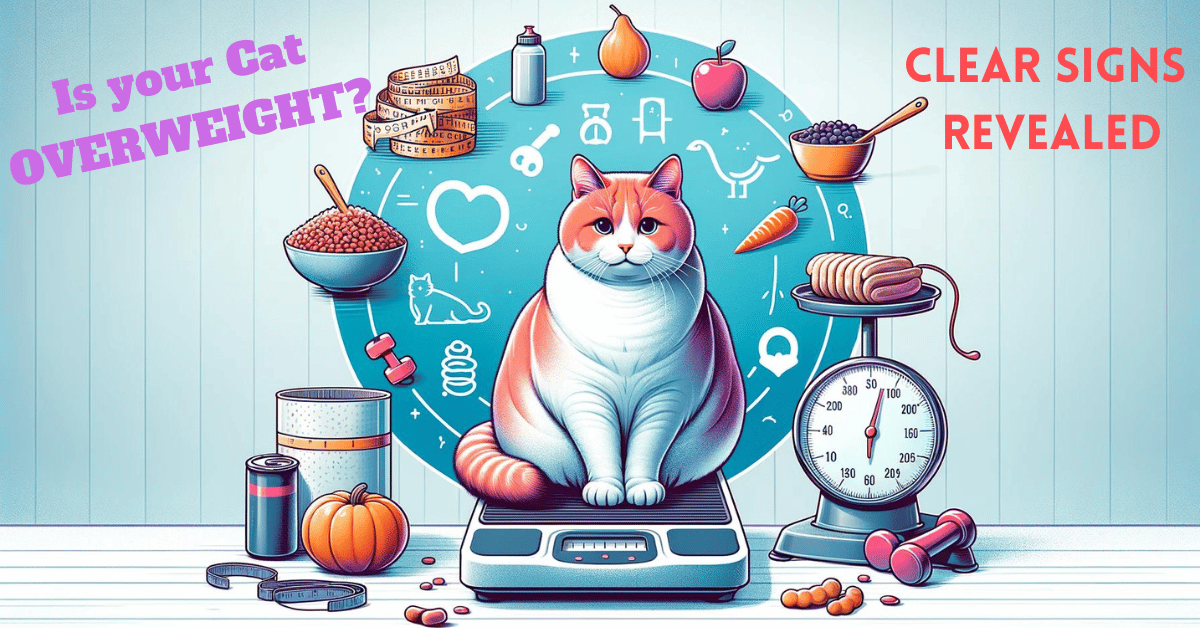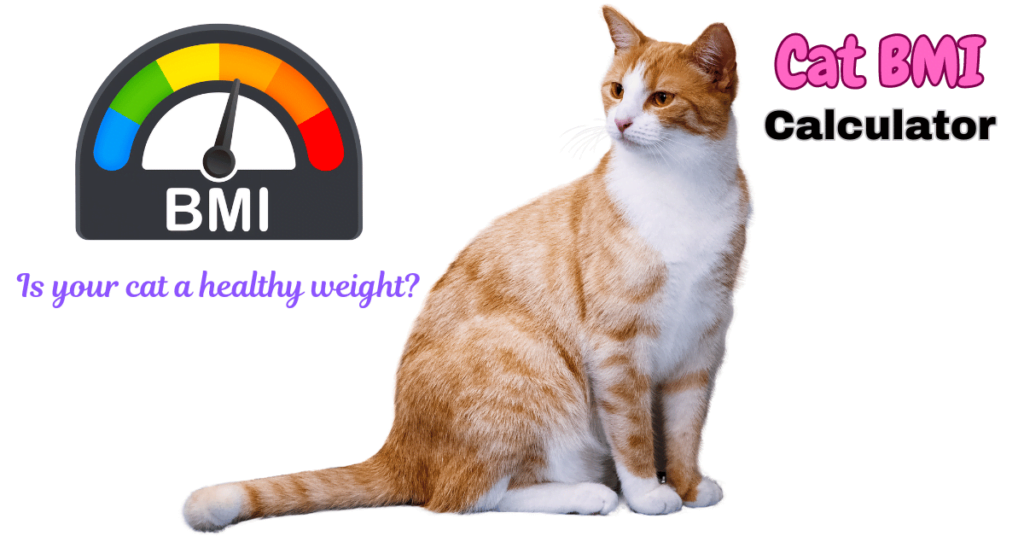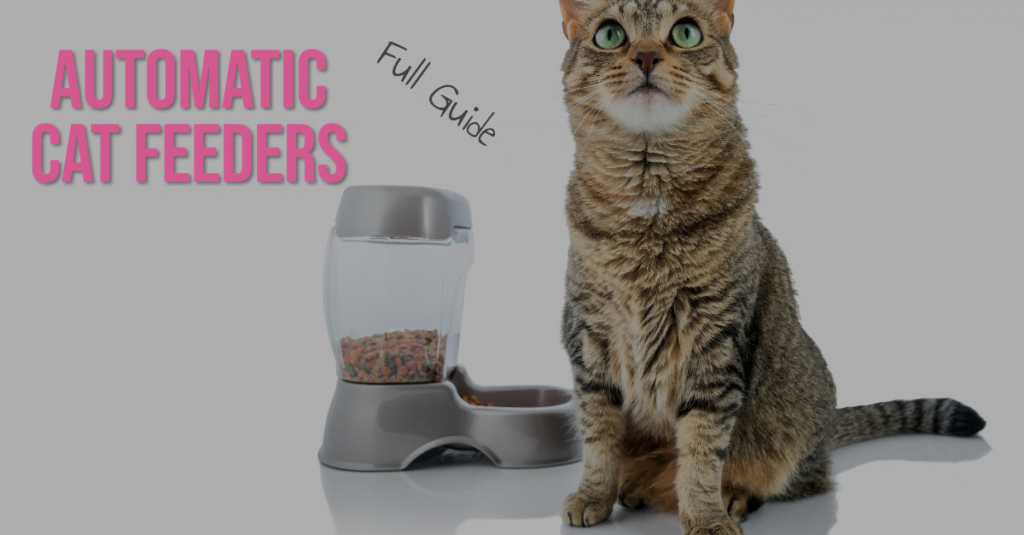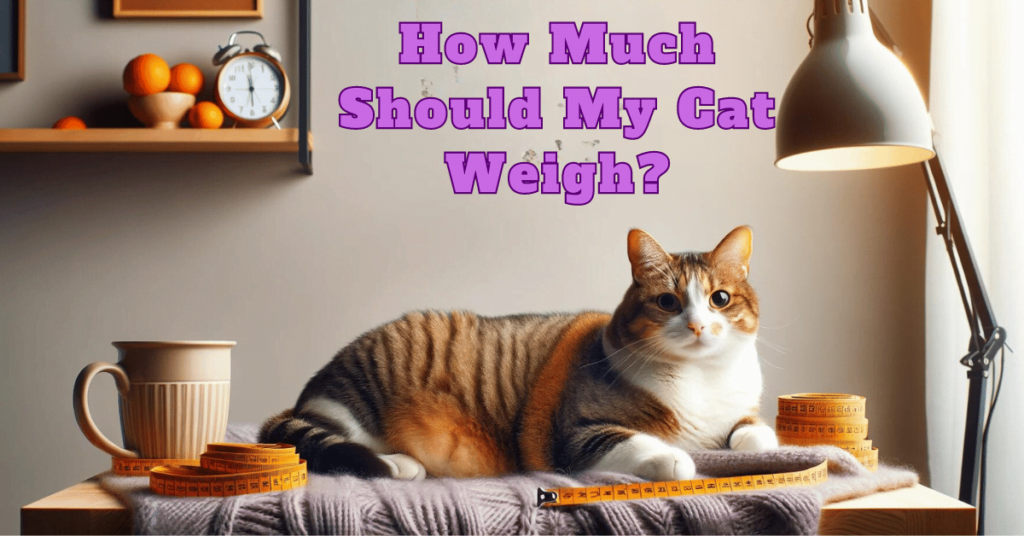This post contains affiliate links and I will be compensated if you make a purchase after clicking on my links.
Is Your Cat Overweight? Starting the Health Journey
Is My Cat Overweight?
This question might cross the mind of many cat owners as they observe their feline friends lounging around the house. Cat obesity is a silently growing concern, particularly for indoor cats who have limited exercise options. Recognizing and addressing weight issues in cats at an early stage is crucial; the longer a cat remains overweight, the harder it becomes to reverse the condition.
In this article, we’ll dive into the signs of cat obesity and explore effective solutions, including the role of exercise in weight management.
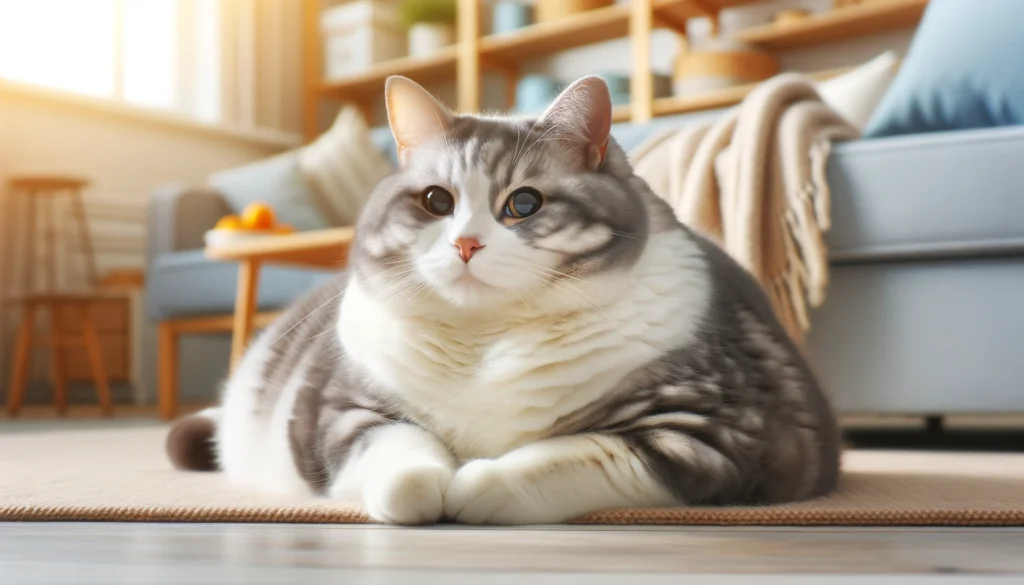
At a Glance: Healthy vs. Overweight Cats
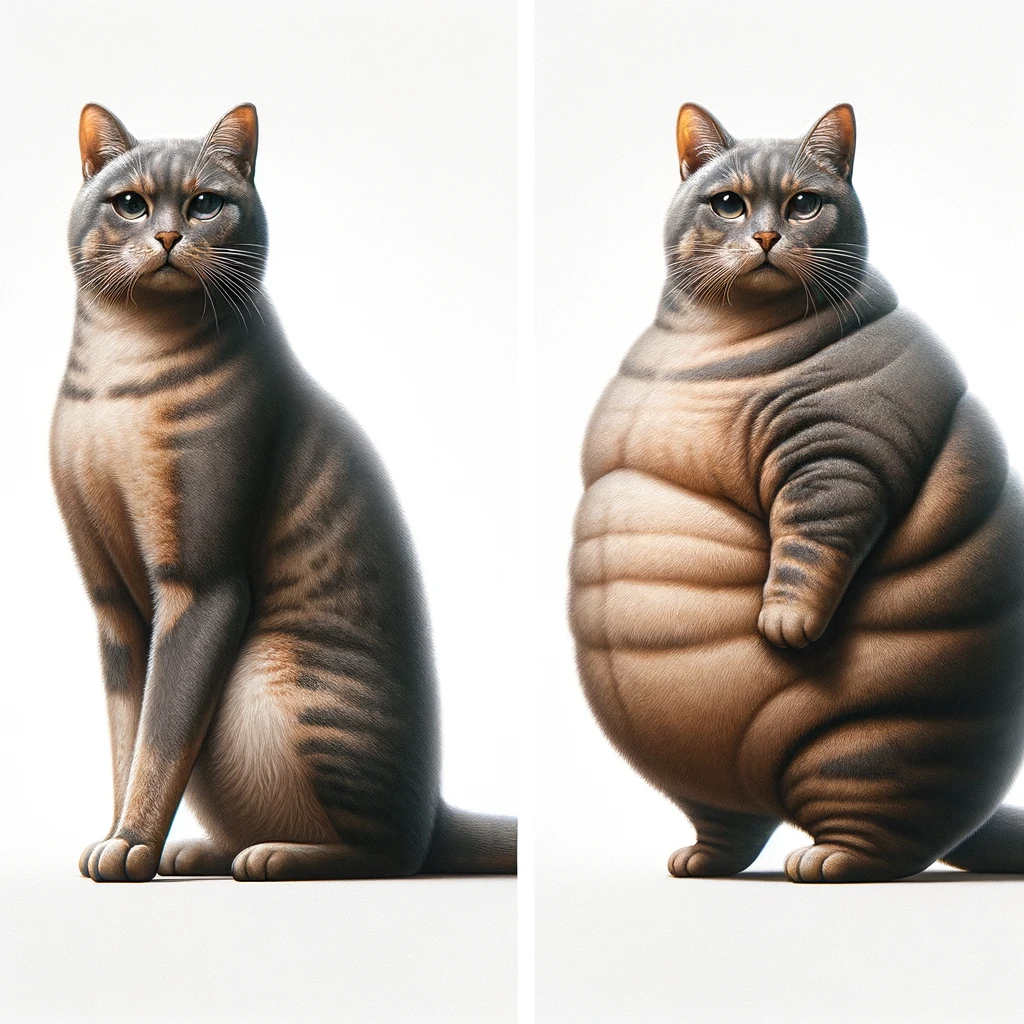
Understanding the differences between healthy weight cats and overweight cats can help you better assess your cat’s condition.
Here’s a comparison to illustrate these differences:
| Aspect | Healthy Weight Cat | Overweight Cat |
|---|---|---|
| 🐾 Body Shape | Visible waist, tucked abdomen. | No waist, rounded abdomen. |
| 🖐️ Ribs and Spine | Easily felt under slight fat. | Hard to feel under fat. |
| 🏃 Activity Level | Active and playful. | Less active, more lethargic. |
| 🚶 Mobility | Moves with ease. | Struggles with movement. |
| 🐾 Grooming | Grooms all body areas effectively. | Difficulties in grooming. |
| 🍽️ Eating Habits | Eats measured portions. | Prone to overeating and increased appetite. |
| 😸 Behavior | Engaged and interactive. | Less interactive, possible irritability. |
| 😮 Breathing | Normal breathing. | Labored or heavy breathing. |
| 🌡️ Heat Tolerance | Tolerates heat well. | Shows distress in warm temperatures. |
| 🏋️ Stamina | Good endurance in play/exercise. | Tires quickly during activity. |
Note: Cats vary in shape and size. This table is a general guide. For an accurate assessment, consult a veterinarian.
Identifying Signs of Obesity in Cats
Recognizing the signs of obesity in cats is the first crucial step in tackling this health challenge. By being aware of what to look out for, you can take timely action to help your cat regain a healthy weight. Let’s explore the key indicators:
1. Physical Appearance and Body Condition Scoring
A cat’s physical appearance is a tell-tale sign of its weight status. Look for:
- Excess Fat around the Abdomen: A noticeable pouch hanging between the hind legs is a sign of excess fat.
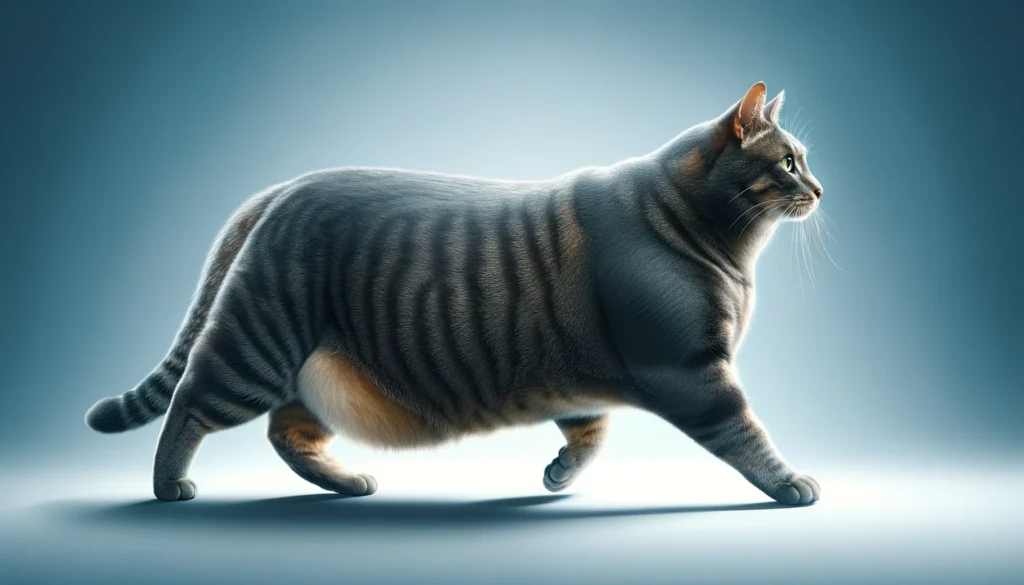
- Lack of a Waistline: Viewed from above, a healthy cat should have a discernible waist. If the body appears rectangular, it might indicate overweight.
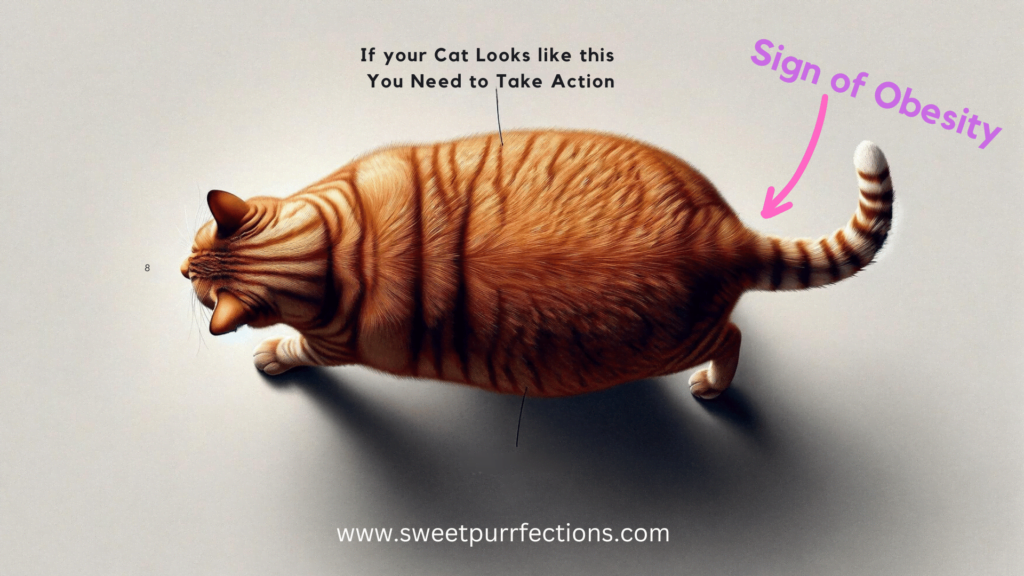
- Difficulty in Feeling Ribs and Spine: You should be able to feel your cat’s ribs and spine with a slight fat covering. If these bones are hard to locate, your cat may be overweight.
Veterinarians commonly use a tool known as the Body Condition Score (BCS), akin to the human body mass index but tailored for pets, to assess a cat’s body fat. This scale typically ranges from 1 (indicating emaciation) to 9 (indicating obesity), with an ideal score being around 4 or 5. Depending on the veterinarian, there is also a similar scale that runs from 1 to 5, and both scales are considered effective for assessing a cat’s body condition.
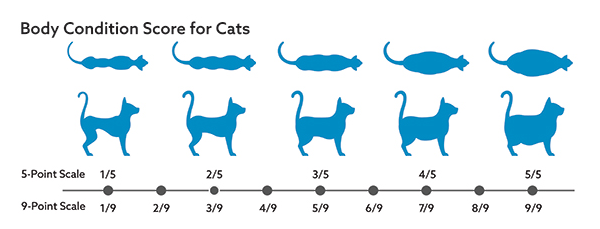
Image courtesy of VCA Hospitals.
2. Behavioral Changes
Changes in behavior can also signal weight issues:
- Reduced Activity: If your cat seems less interested in play or moves less than usual, it could be due to the discomfort of excess weight.
- Lethargy: Overweight cats often display a general lack of energy and spend more time sleeping.
3. Mobility and Activity Level
Obesity can significantly impact a cat’s mobility:
- Difficulty Jumping: Struggling to jump onto surfaces they previously could indicates weight-related mobility issues.
- Shortness of Breath: Overweight cats may pant or show signs of distress with minimal exertion.
4. Weighing Your Cat
Regularly weigh your cat using a digital pet scale or a regular scale by weighing yourself first, then holding your cat. Subtract your weight from the combined weight.
5. Calculating Cat BMI
Cat BMI, similar to human BMI, is a measure that helps determine if your cat is underweight, normal weight, overweight, or obese. Use our Cat BMI Calculator to get an accurate assessment of your cat’s weight status. Input the measurements to see where your cat falls within these categories.
6. Additional Signs of Obesity on Cats
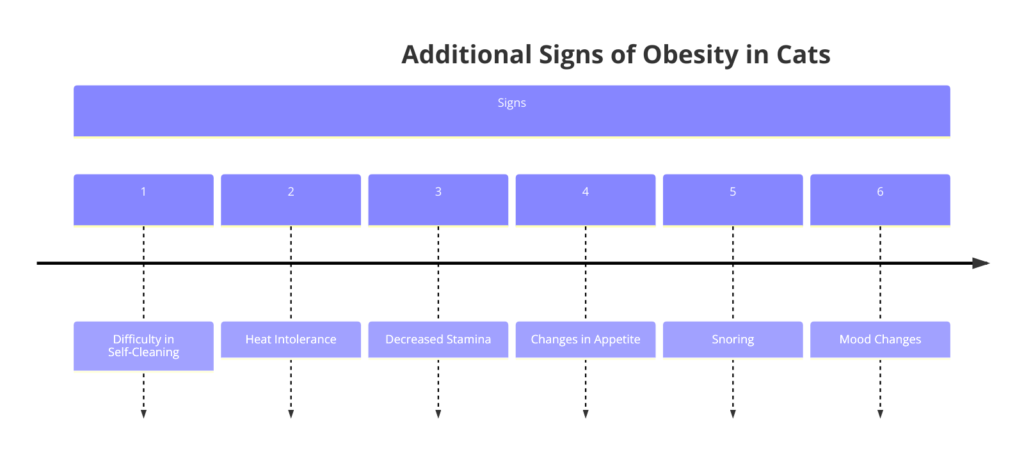
- Difficulty in Self-Cleaning: Overweight cats often struggle to reach certain areas, leading to poor hygiene.
- Heat Intolerance: Overweight cats may show signs of distress in warmer temperatures.
- Decreased Stamina: Tiring quickly during play or exercise.
- Changes in Appetite: Increased hunger and begging for food.
- Snoring: Caused by excess fat around the neck and throat.
- Mood Changes: Signs of depression or irritability due to discomfort from excess weight.
- Excessive Weight: Weighing your cat is important and if they weight significantly more than the average for their breed and age group.
Practical Solutions to Combat Cat Obesity
Tackling cat obesity requires a broad understanding of various actions. Here, we provide an initial overview to kickstart your journey towards helping your cat achieve and maintain a healthy weight. For a complete list of strategies, don’t miss our 12 Tips for Cat Weight Management for an all-encompassing approach.
1. Dietary Management
A balanced diet in the right amounts is crucial. Feeding your cat measured meals, rather than free-feeding, ensures they don’t overeat. Opt for high-quality like Inaba Ciao cat food that’s rich in protein and low in carbs; the right food can significantly aid in weight management.
2. Importance of Regular Exercise
Regular play sessions are vital for stimulating your cat’s inherent hunting instincts, motivating them to engage in activities like running, jumping, and pouncing. Including even brief periods of exercise in your cat’s daily routine can offer significant benefits. While combating obesity is a major advantage of exercise, there are undoubtedly many other benefits as well.
Tip: Buying and giving your cat a variety of toys that match their personality and taste is crucial. Ensure you provide several safe toys to make sure playtime is both stimulating and secure.
3. Role of Exercise Wheels in Weight Management

Exercise wheels are a unique and effective solution, especially for indoor cats. They offer a vital outlet for energy and assist in weight management. These wheels allow cats to exercise at their own pace, providing a consistent and safe way to stay active indoors. They’re not just about physical exercise; they also offer mental stimulation, keeping cats engaged and entertained.
When selecting an exercise wheel, consider the size and stability to ensure it’s appropriate for your cat (Especially if they are already overweight). Also, prioritize comfort and safety — look for wheels with a comfortable running surface and a safe design to prevent any injuries.
If you’re on the hunt to find an exercise wheel for your kitty, here you can find some of the best>>
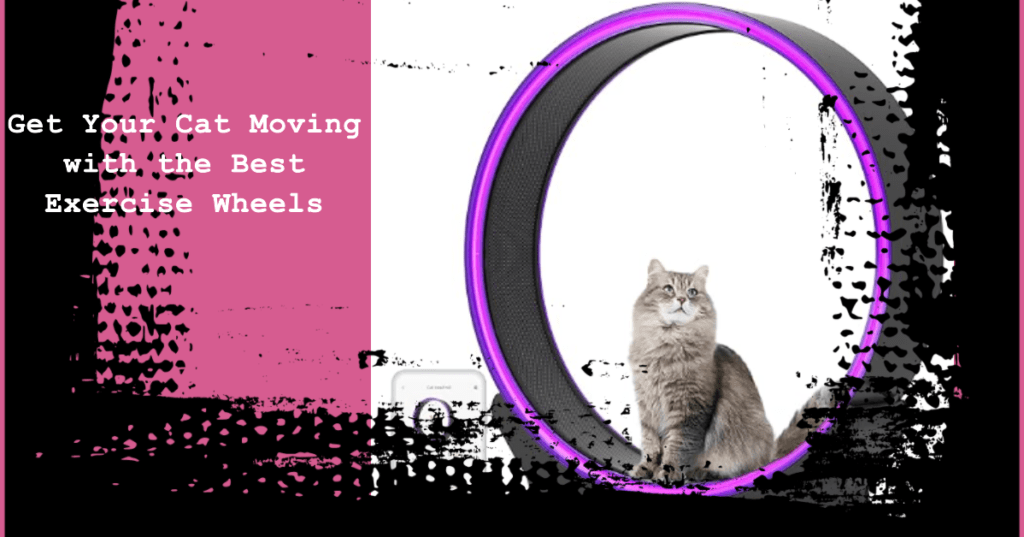
4. Other Helpful Tools and Strategies
Apart from exercise wheels, several other gadgets and strategies can support your cat’s weight management:
- Creating an Active Environment: Incorporate climbing structures like cat trees and shelves to encourage climbing and jumping, providing excellent exercise opportunities. If possible, providing safe, enclosed outdoor spaces or supervised outdoor time can offer additional physical activity benefits.
- Routine and Consistency: Establish a routine of regular play sessions to keep your cat active and prevent boredom. Adhering to a consistent feeding schedule helps manage weight by preventing overeating.
- Tech-Enabled Monitoring: Consider using wearable tech for cats, such as activity trackers. These devices can monitor your cat’s activity levels, giving you insights to manage their physical activity effectively.
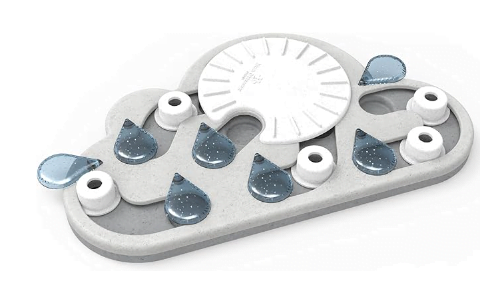
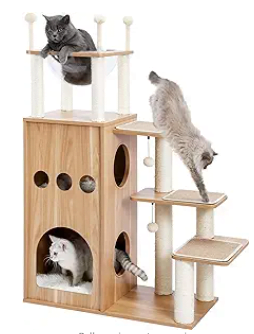
Pro Tip: If you’re looking to add some extra zest to your cat’s play routine, don’t overlook the power of catnip. Catnip toys are a safe and fantastic way to stimulate your feline’s interest in play. The natural compound in catnip, nepetalactone, can make your cat more playful and encourage even the laziest loungers to jump, roll, and frolic.
Health Risks Associated with Obesity in Cats
The prevalence of obesity in cats has been rising, mirroring the trend seen in humans and dogs. This increase is alarming because many cat owners are not aware of the risks associated with their pet’s overweight status. The sedentary lifestyle of indoor cats, combined with overfeeding, is a primary contributor to this issue.
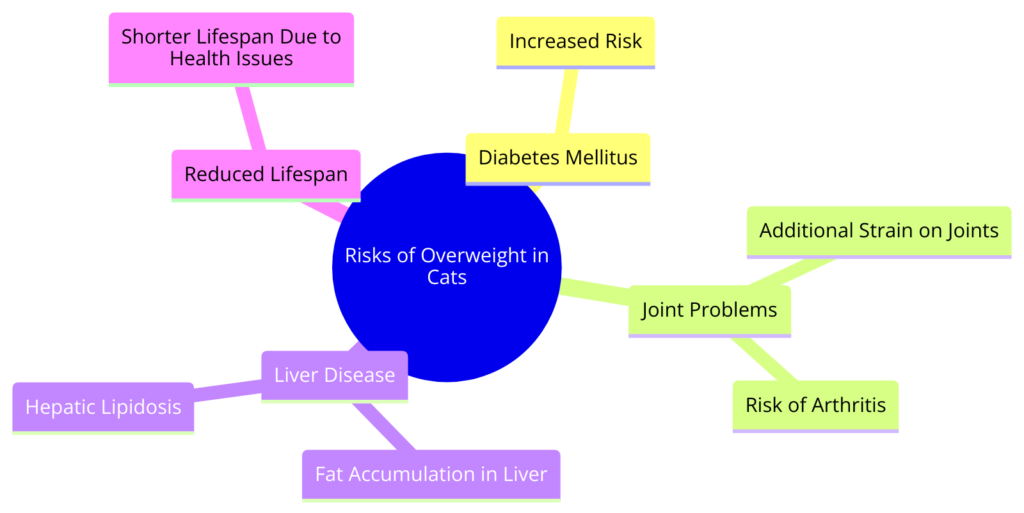
Obesity can significantly impact a cat’s health. Some of the risks include:
- Diabetes Mellitus: Overweight cats are more prone to develop diabetes.
- Joint Problems: Excess weight puts additional strain on joints, leading to arthritis.
- Liver Disease: Fat accumulation in the liver can lead to a life-threatening condition called hepatic lipidosis.
- Reduced Lifespan: Obese cats tend to have a shorter lifespan due to these associated health problems.
Advice on When to Consult a Veterinarian
While identifying potential signs of obesity in your cat is an important first step, consulting a veterinarian is crucial for a proper assessment and management plan. Here’s when and why you should seek professional advice:
- Uncertainty About Weight Status: If you’re unsure about your cat’s weight or body condition score, a veterinarian can provide an accurate assessment.
- Noticeable Weight Gain: If your cat has noticeably gained weight, even if they don’t exhibit other signs of obesity, it’s wise to get a professional opinion.
- Change in Appetite or Behavior: Sudden changes in appetite, activity level, or behavior can indicate health issues related to weight. A veterinarian can determine if these changes are linked to obesity or other medical concerns.
- Pre-existing Health Conditions: Cats with pre-existing conditions like diabetes or arthritis require special attention to weight management. A veterinarian can adjust their care plan accordingly.
- Developing a Weight Management Plan: A veterinarian can help you develop a safe and effective weight management plan, tailored to your cat’s specific needs. This may include dietary recommendations, exercise routines, and regular check-ups.
- Monitoring Progress: Regular veterinary check-ups are important for monitoring your cat’s progress and adjusting their weight management plan as needed.
Wrapping Up: Addressing Your Cat’s Weight Concerns
Cat obesity is a significant health concern, but with the right strategies, it’s manageable. Remember, early intervention and a combination of proper diet, regular exercise, and use of tools like exercise wheels can make a big difference.
By taking these proactive steps and understanding the importance of maintaining a healthy weight, you can ensure your feline friend enjoys a happy, active, and healthy life.
Meet Sean, a fintech whiz with a penchant for pet purrs and blockchain buzz. After a decade of fintech feats, Sean’s tech talents leaped from ledger lines to litter lines, driven by a passion for pets and a vision for a more connected pet care community. With three critter companions as co-pilots, Sean launched this blog to share a treasury of pet-friendly tech tips and tales.

